The Five Major Application Scenarios of Plantar Pressure Distribution Systems
Plantar pressure distribution systems are high-precision measurement devices that collect data on the pressure distribution of the human foot using sensors, presenting it in visualized charts. With their non-invasive, real-time, and efficient characteristics, these systems are widely used in various fields, including medical diagnosis, sports science, rehabilitation therapy, footwear design, and fall risk assessment for the elderly. Below is a detailed explanation of the five primary application scenarios and their significance.
1. Medical Diagnosis and Foot Health Management
Plantar pressure distribution systems play a prominent role in the medical field, particularly in diagnosing and managing foot-related conditions.
Identification of Foot Disorders: These systems detect abnormal pressure distribution, such as flat feet, high arches, pronation, or supination, providing doctors with scientific diagnostic data.
Pathological Foot Conditions: For diabetic foot patients, the system can identify areas of concentrated pressure, predicting the risk of ulcer formation and enabling early intervention to reduce complications.
Through precise pressure measurements, doctors can develop personalized treatment plans to alleviate pain and help patients restore normal function effectively.
2. Sports Science and Injury Prevention
In the field of sports science, plantar pressure distribution systems are widely used to study mechanical distribution during motion and optimize movement patterns.
Performance Analysis: By measuring pressure distribution during dynamic activities, the system identifies uneven forces or gait abnormalities, providing scientific insights for improving athletic techniques.
Injury Prevention: The system monitors force patterns during physical activities, detecting potential injury risks, such as localized pressure concentration or gait deviations, and offers guidance for preventive measures.
These capabilities help athletes enhance their performance while effectively reducing injury risks.
3. Rehabilitation Medicine and Postoperative Monitoring
Plantar pressure distribution systems have significant applications in rehabilitation medicine, particularly in evaluating postoperative recovery and functional restoration.
Monitoring Rehabilitation Progress: The system records dynamic foot pressure data during recovery, providing doctors with quantitative data on the effectiveness of rehabilitation. For example, gait analysis helps assess whether the patient has regained normal walking functionality.
Adjusting Treatment Plans: Based on system data, doctors can optimize rehabilitation strategies, such as adjusting therapy intensity or recommending appropriate corrective insoles, to accelerate recovery.
These functions make the rehabilitation process more precise and scientific, improving overall treatment outcomes.
4. Footwear Design and Customization
In the footwear industry, plantar pressure distribution systems support product development and personalized services.
Customized Footwear: By analyzing users' foot pressure distribution data, designers can create personalized footwear, such as corrective shoes or athletic footwear tailored to unique foot shapes.
Product Development: The system provides large-scale data on foot shape and pressure distribution, assisting companies in designing more comfortable and ergonomically sound footwear.
This application improves consumer comfort and drives the smart upgrading of the footwear industry.
5. Fall Risk Assessment for the Elderly
The elderly are at high risk of falling, and plantar pressure distribution systems play a vital role in this area, offering significant social value.
Gait Stability Evaluation: By analyzing foot pressure patterns and dynamic balance, the system determines the stability of an elderly person's gait.
Fall Prevention Recommendations: Using system data, doctors can recommend anti-slip shoes or assistive devices, or even adjust walking training routines to reduce fall risks.
This function positively impacts the quality of life for the elderly and optimizes the allocation of medical resources.
With its scientific and precise capabilities, the plantar pressure distribution system demonstrates exceptional value in fields such as medicine, sports, rehabilitation, design, and health management. As technology continues to advance, this system will find broader applications, providing professionals in various fields with richer data support while contributing to better health management and improved quality of life for the general public.

 +86-0755-86131192
+86-0755-86131192 2025-01-07
2025-01-07 Back to list
Back to list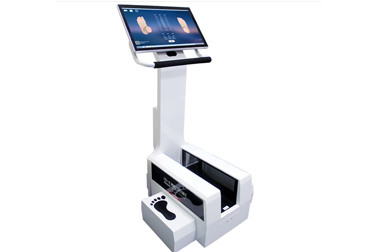
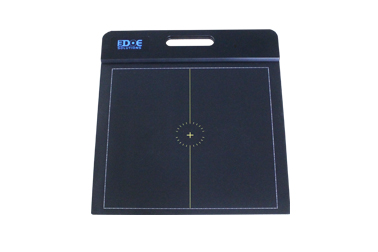
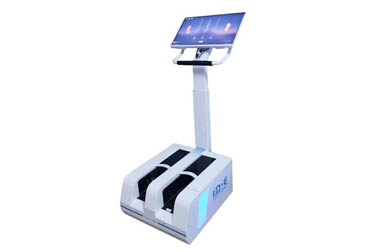
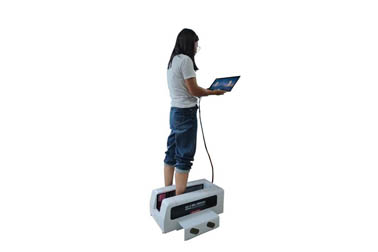
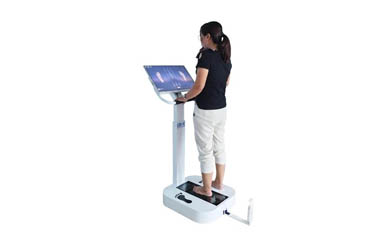
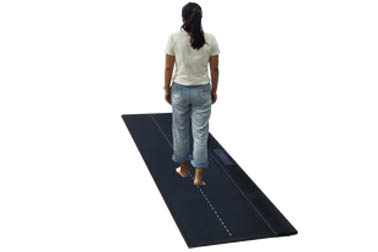



 +86-0755-86131192
+86-0755-86131192